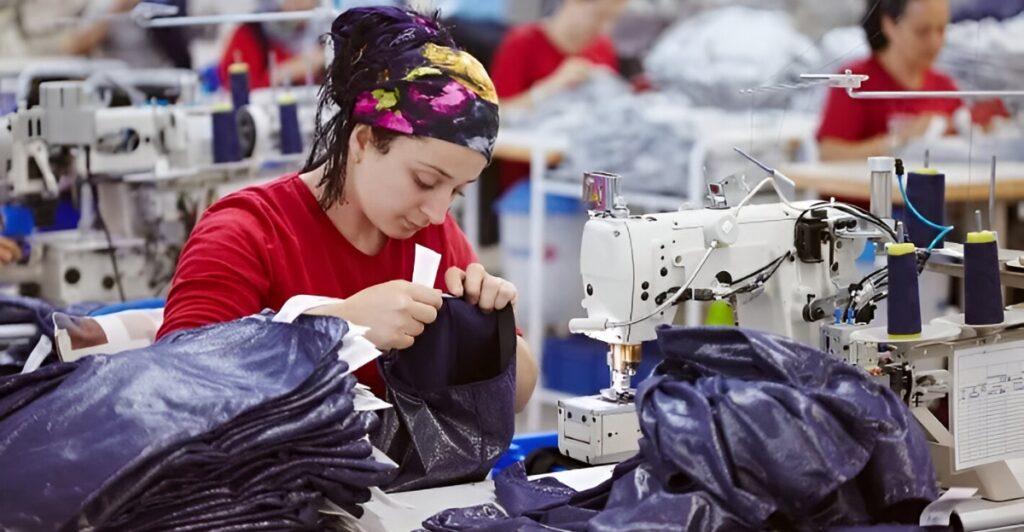
“Made in America” sounds like a comeback in the making. With rising concerns over overseas labor and global supply chains under strain, the idea of bringing clothing production back to U.S. soil is gaining buzz. But while the dream feels patriotic and practical, the reality is far more tangled.
Despite growing consumer interest and political pressure, the numbers tell a sobering story: over 97% of clothing sold in the U.S. is still made abroad—a stat that’s barely budged in years.
So what’s stopping a resurgence of American-made apparel? Let’s unpack the real reasons behind the stagnation—and why, despite hopeful headlines, a major shift just isn’t on the horizon.
What’s Really Holding Domestic Apparel Back?

Labor costs remain the biggest obstacle. U.S. factory wages far outpace those in Asia, where the bulk of clothing is produced. In Los Angeles, the minimum wage tops $17 an hour. In Newark, Gambert’s 100-person factory pays nearly all workers above the state’s $15.49 minimum.
Even with strong demand, many manufacturers are cautious about growth. “Very few jobs will come back to the U.S. because our labor is not competitive,” says supply chain expert Yao Jin. Bottom line: patriotism and practicality don’t always align when it comes to the economics of apparel manufacturing.
Automation: The Only Way Forward?
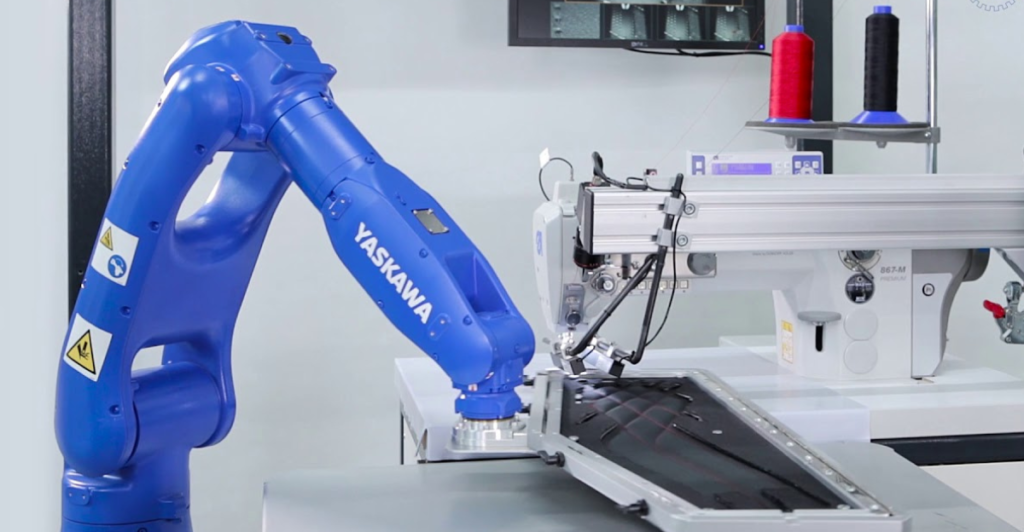
To compete with cheaper imports, some U.S. manufacturers are betting on automation. La La Land Production and Design in L.A. is looking to raise $10 million to upgrade its factory with 3D printers and other labor-reducing tech. “Localization offers substantial advantages when approached with the right technologies,” CEO Alexander Zar said.
The company’s plan? Skip traditional stitching, cut labor, and produce high-end sneakers at scale. But even this model targets niche markets, not mass production. As Adidas confirmed, La La Land will only produce “a special edition of shoes in very limited quantities” for the brand.
Retailers Are Testing the Waters—Cautiously
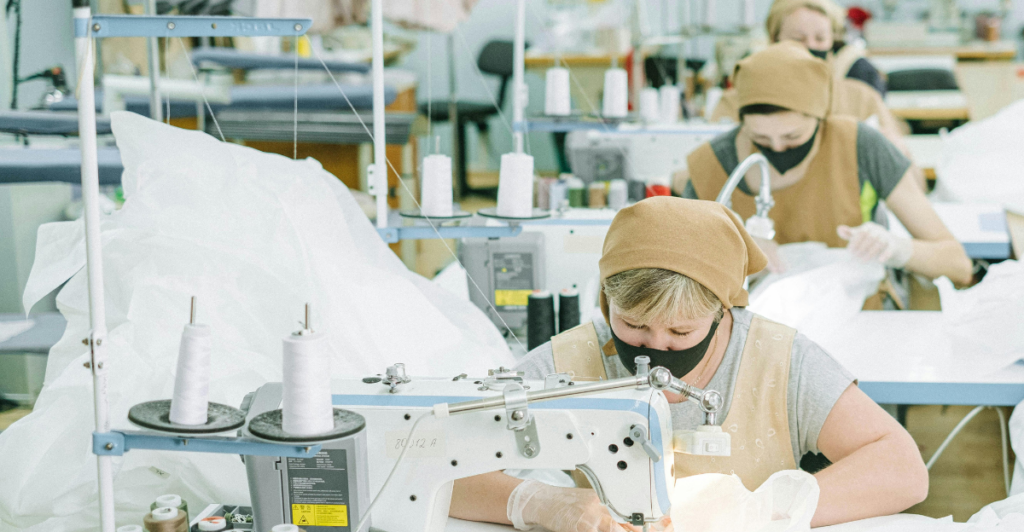
Some retailers are placing experimental orders with U.S. suppliers. Joe Ferrara of Ferrara Manufacturing has seen interest from companies wanting small-batch, fast-turnaround coats and suits. Gambert Shirtmakers was asked to expand from supplying three Nordstrom stores to 50. Yet such jumps remain rare and heavily curated.
Reformation, a trendy womenswear brand, is increasing its L.A. sourcing—but not without concern. “That’s going to take time,” said executive Kathleen Talbot, who is also eyeing New York and Nevada as possible manufacturing hubs. For most, reshoring is a strategy, not a commitment—especially when foreign production is still faster and cheaper.
Tariffs: Tool or Trouble?
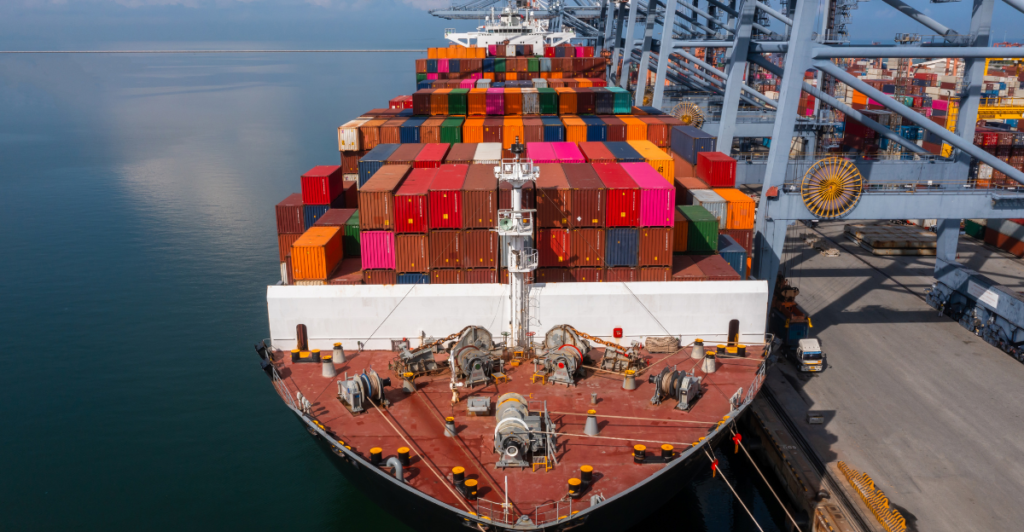
While some industry leaders welcome tariffs on imports, others say they’re fueling uncertainty. “For U.S. domestic manufacturers to grow and invest, they need long-term certainty,” said Kim Glas of the National Council of Textile Organizations. Tariffs on Chinese goods have raised costs on essentials like buttons and zippers—Gambert says button prices rose 18%.
Worse, proposed tariffs on Mexico threaten companies like Reformation, which depend on trucking goods across the border. The patchwork of import duties, aimed at boosting U.S. production, may be doing the opposite by complicating supply chains and discouraging investment.
The Supply Chain Isn’t Built for This
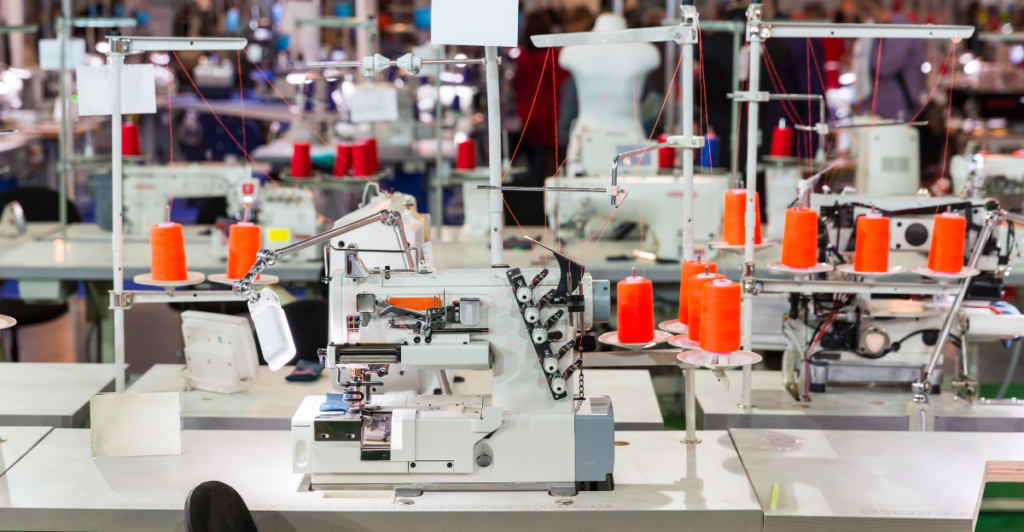
Even if more brands wanted to manufacture domestically, the infrastructure isn’t ready. “We don’t have the labor, skill set, materials, and infrastructure,” said Steve Lamar of the American Apparel and Footwear Association. U.S. factories often rely on imported fabrics, components, and expertise.
Manufacturing jobs in the sector have dropped sharply since the 1990s, following a massive offshoring movement. Today, building a full-scale, end-to-end production line in the U.S. is almost impossible without relying on global parts—many of which are tariffed or delayed due to geopolitical shifts.
Why Price Still Wins in American Closets

Americans are used to cheap, fast fashion. Clothing from China, Vietnam, and Bangladesh floods the market at prices U.S. factories can’t match. Shoppers expect $10 T-shirts, not $300 dress shirts like those made by Gambert. Despite a cultural shift toward ethical shopping, price still reigns supreme.
“We are getting a ton of inquiries,” said Gambert—but fulfilling them at competitive prices remains the challenge. As long as foreign labor stays cheap and abundant, U.S.-made apparel will struggle to gain widespread traction without major changes in consumer behavior or government support.
Domestic Production Thrives—In Limited Niches

Some categories still work well in the U.S.—especially military uniforms and high-end customwear. Ferrara Manufacturing, for instance, supplies both Ralph Lauren and the U.S. military with American-made garments. But this type of manufacturing is often small-batch and specialized. These factories can thrive in niches where quality, speed, or branding outweigh cost.
Still, they’re the exception, not the rule. The broader market for mainstream apparel continues to rely on low-wage countries. Domestic expansion is happening—but it’s patchy, cautious, and far from revolutionary.
A Misunderstood “Reshoring” Trend

When politicians and CEOs talk about reshoring, it often sounds like a sweeping industrial return. In reality, it’s more symbolic. A few factories scale up. A few retailers test local suppliers. Brands announce “Made in the USA” collections—for marketing. But the global pipeline is intact.
Even supporters of domestic production, like Reformation’s Kathleen Talbot, acknowledge the limits: “I believe in the spirit of trying to re-energize or invest in domestic manufacturing, but that’s going to take time.” Until then, reshoring is more ambition than actuality.
The Real Cost of Making Clothes at Home
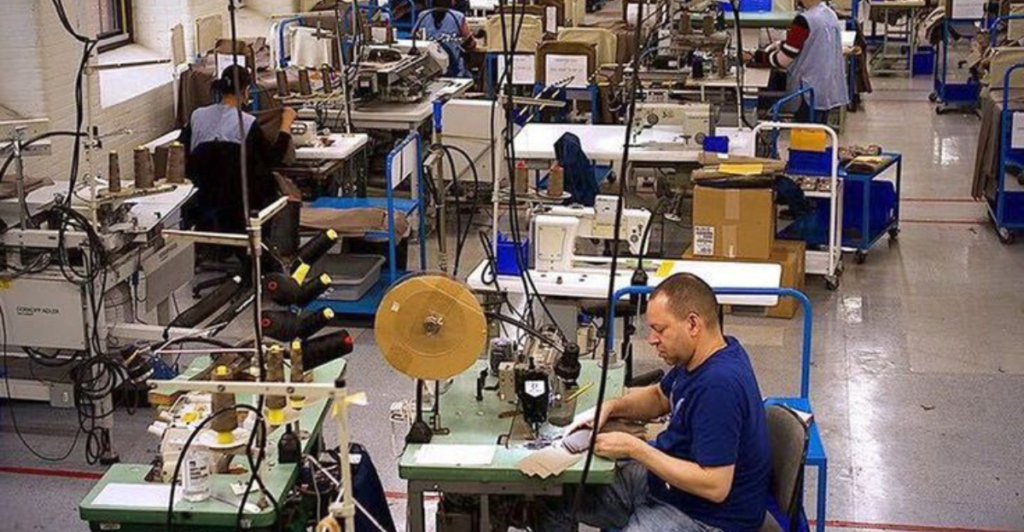
Bringing apparel production back to the U.S. is a noble goal—but it collides with economic reality. Domestic factories face high labor costs, thin infrastructure, supply chain dependencies, and unpredictable policy shifts. While tech may open doors, large-scale reshoring remains out of reach.
For now, U.S. manufacturing is growing—but only in small, strategic ways. The global clothing industry isn’t just about where products are made. It’s about how they move, how they’re priced, and who pays. And until that equation changes, a true Made-in-America revolution will stay more promise than practice.
